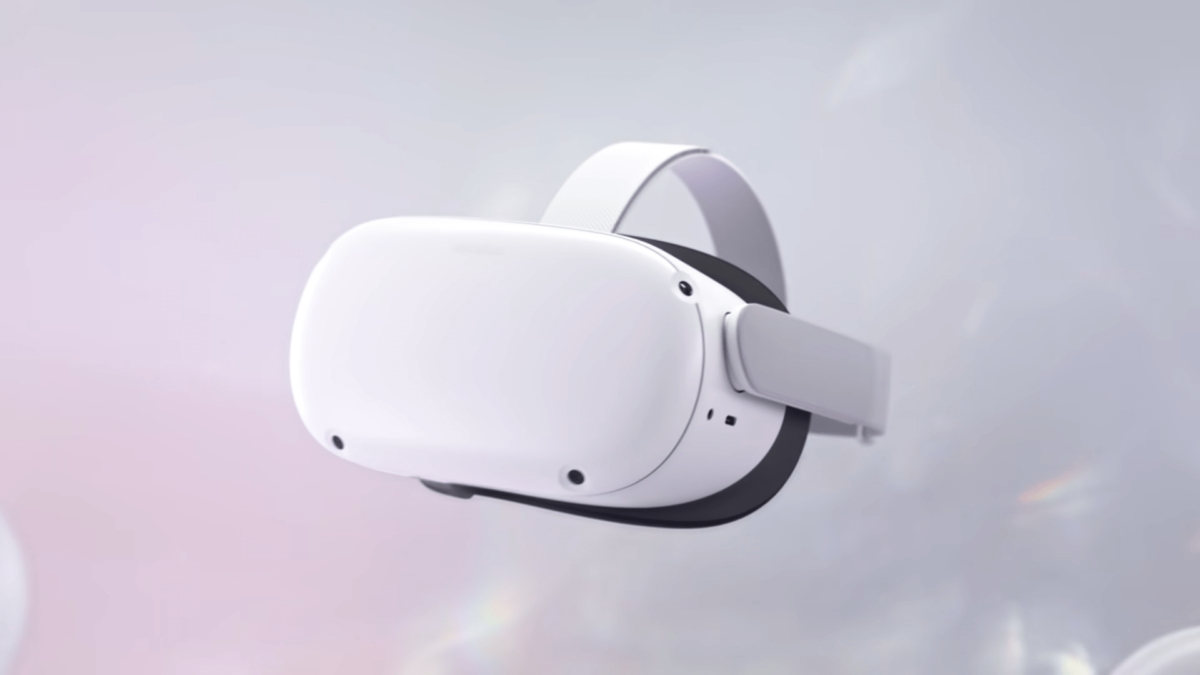Meta CTO says VR market experiencing hyper-growth

At what stage of its life cycle is virtual reality and how does it compare to other technologies?
This is the question posed by Meta's Chief Technology Officer Andrew Bosworth in the latest episode of his podcast "Boz To The Future". His guest is longtime Facebook employee Mark Rabkin, who has held the post of VR chief since late 2020.
Rabkin's answer is obvious: virtual reality is still in its infancy, at the beginning of the S-curve. "Every kind of signal you have is that it's still hyper-growth phase." Hyper-growth is defined as a growth rate of more than 40 percent per year.
For the smartphone, it was almost 90 percent, which Rabkin says is also because the technological leap between the Internet and the smartphone was smaller. Virtual reality brings major changes, for example in input methods and displays. In addition, VR headsets are still heavy and VR generally has more friction.
Bosworth agrees with Rabkin. "This one will take longer to adopt, it is a more expensive device, relative to the total cost of ownership." Among other things, he refers to apps that cost more than smartphone apps because they are more challenging to develop.
"We are in the hyper-growth phase, but it remains to be seen how steep that curve is," Bosworth says.
New applications expand the VR market
Meta, meanwhile, is trying to increase the angle of the curve: If a larger user base buys more apps, studios can develop better content, which in turn brings more users into the ecosystem.
Rabkin thinks it's good that virtual reality is being embraced as a social medium. A year and a half before Meta Quest 2, most VR experiences were designed for single players.
Today, more than half of usage time is devoted to social experiences and multiplayer games. "We were right," Rabkin says looking back.
Meta wants to accelerate the overall development of the VR market with new applications away from games. One example is VR fitness, which now accounts for a "significant chunk of time spent" on the platform.
The company also has high hopes for work and collaboration, launching its first premium productivity-focused headset, Cambria (info), in the fall. Office use is still in its infancy, Rabkin admits. But that should change in the next 12 to 14 months, he says.
Cambria's mixed reality features to be ''pretty amazing''
Investments in mixed reality and the presence platform, a set of new interfaces designed to transform the way people interact with VR and AR content, are also expected to accelerate growth.
"Our next hardware will be pretty amazing on the mixed reality side," Rabkin says regarding Cambria. "Things that are a little more gimmicky on the phone, become tremendously useful and fulfilling in VR, for example just putting art in your home." Rabkin cites decorating one's home with art as an example.
"I can't wait to show the world what's next. You and I have the privilege of looking three or four generations in the future, and it just keeps getting better. The curve is steep there as well", Bosworth says.
You can find his podcast on Apple Podcasts, Spotify, and Facebook. The conversation with Mark Rabkin, which starts at 32:40, is about the state of the VR market.
Note: Links to online stores in articles can be so-called affiliate links. If you buy through this link, MIXED receives a commission from the provider. For you the price does not change.